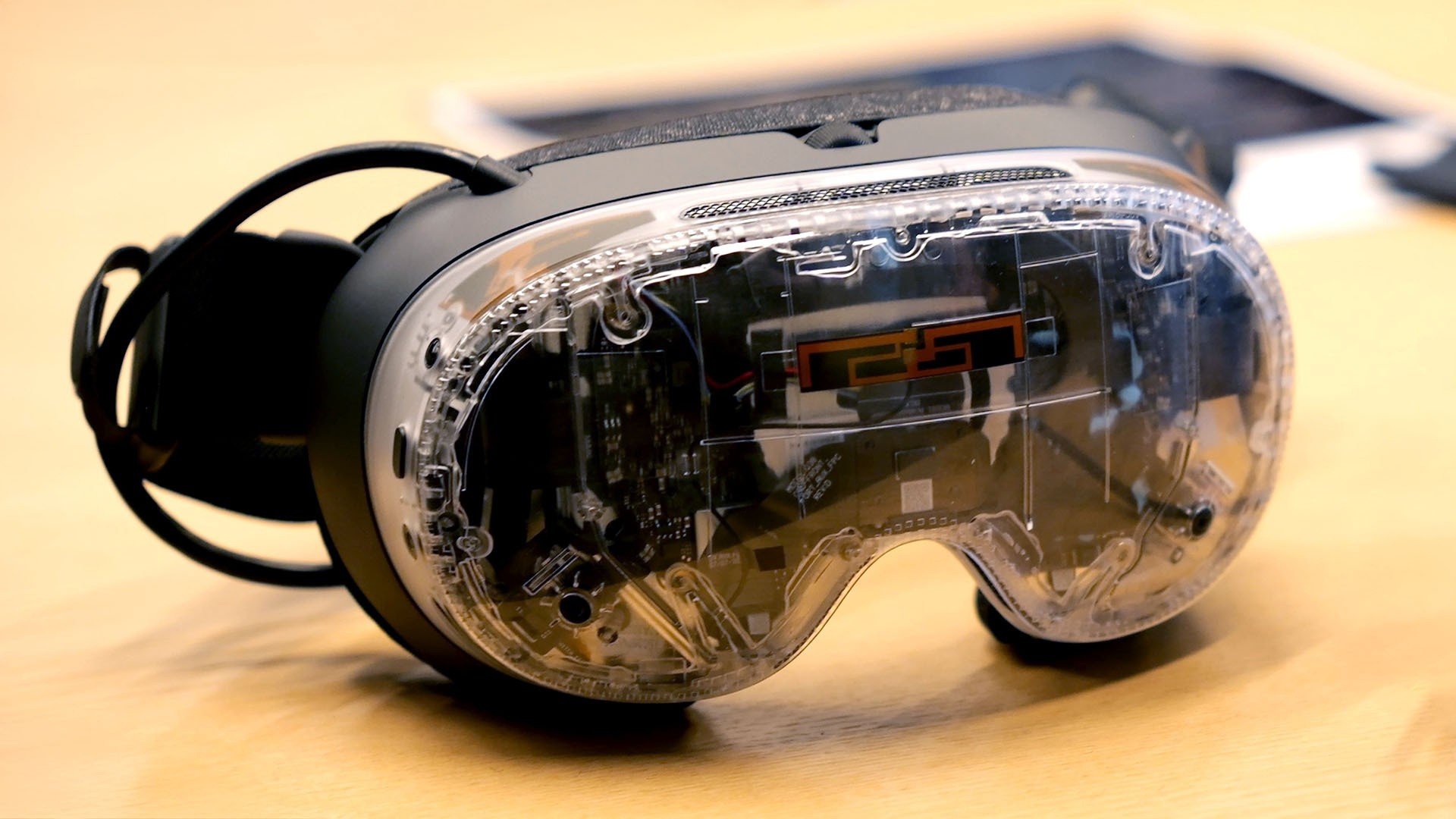A forum for discussing and organizing recreational softball and baseball games and leagues in the greater Halifax area.
Steam Frame VR Hands-On: Quest 3's Biggest Competition Yet
-
Chances are I will just be streaming my main PC remotely through Virtual Desktop, Steam Remote Play, or whatever is the most convenient. The x86 chipset won't matter because it won't really run anything that I would want to run that requires x86 well. The only thing I can complain about is that it seems to have less of an augmented reality focus than Apple Vision Pro, although it's too soon to tell. I'd like to be able to use VR along with standard keyboard and mouse peripherals with virtual monitors to boot. Instead of letting me decorate some imaginary room, let me decorate my existing room with virtual widgets.I'm pretty sure this is mostly supposed to be a gaming headset, with non-gaming applications being more of a bonus. The vision pro on the other hand seems more marketed as a anything-but-gaming headset.
-
I'm pretty sure this is mostly supposed to be a gaming headset, with non-gaming applications being more of a bonus. The vision pro on the other hand seems more marketed as a anything-but-gaming headset.
-
I get why they didn't put an x86 chipset in their, but I'm still upset about it. Putting any desktop OS on your handheld is neat, but doing on your vr headset is industry changing IMO. What really gets me is they couldn't at least include a sensor array for preexisting steamVR tracking, especially since the controllers seem to be an a direct downgrade from knuckles/index controllers. No one paying valve 1300 for an HMD is looking to put ease of setup over bleeding edge VR tech. If they are, make it a cheaper side product and actually compete with meta...Complex x86 software on ARM is easily the most exciting part of this announcement. Inside-out was the right answer ever since SulonQ, nine years ago.
-
If they price this well, it'll be the new standard recommend instead of quest 3. I'm sick of meta so i'll gladly swap over.The old leaked Deckard files had the MSRP at $1000
-
Meta Quest 3S is $400 CAD so hopefully Valve can bring the headset down towards that range!
-
Its a better architecture but it has no standard firmware implementation that allows you to implement an OS across a broad spectrum of chipsets and boards from all manufacturers (like UEFI). Furthermore a lot of hardware drivers are not properly implemented in mainline kernel. To pretend this will be as open and user modifiable is goofy, I kinda doubt well get official support for non-steam OS's. Even if we do, would we be able to change the signing key to make sure its secured from evil maid, a-la safeboot? The interest for me isn't at just the idea of a gaming device, but an open source friendly face-mounted general purpose computer. Like apple's HMD without the vendor lock-in.
-
*their* desktop OS. Not *any*. There is no standardardized firmware interface like UEFI or BIOS, and most device drivers for snapdragon arm chips are not available mainline. This won't be as open as the steamdeck unless they put a lot of work into it that I'm not sure they're willing to do.
-
Chances are I will just be streaming my main PC remotely through Virtual Desktop, Steam Remote Play, or whatever is the most convenient. The x86 chipset won't matter because it won't really run anything that I would want to run that requires x86 well. The only thing I can complain about is that it seems to have less of an augmented reality focus than Apple Vision Pro, although it's too soon to tell. I'd like to be able to use VR along with standard keyboard and mouse peripherals with virtual monitors to boot. Instead of letting me decorate some imaginary room, let me decorate my existing room with virtual widgets.Yeah that's my exact issue. I'm not interested in gaming on the things built in chipset. Were getting to the point where resolutions are high enough that these can become viable monitor replacements. Imagine the apple vision with the openness of a standard PC. Snapdragon based ARM chips get in the way of that. No standard firmware like UEFI/BIOS, no mainline GPU drivers, and most devices built on them give no way to change is signing keys like secure boot on PC or pixel devices. They're going to have to do a lot of work to maintain the openness a PC gives from the get-go.
-
*their* desktop OS. Not *any*. There is no standardardized firmware interface like UEFI or BIOS, and most device drivers for snapdragon arm chips are not available mainline. This won't be as open as the steamdeck unless they put a lot of work into it that I'm not sure they're willing to do.
